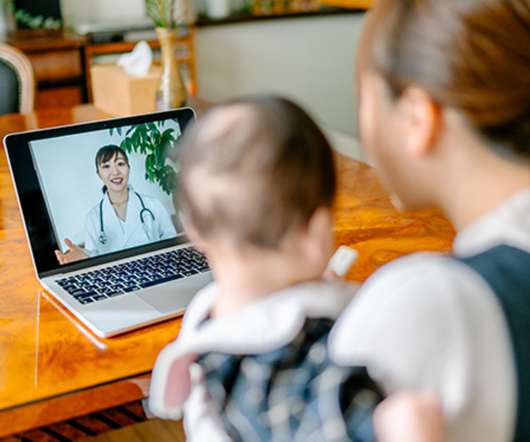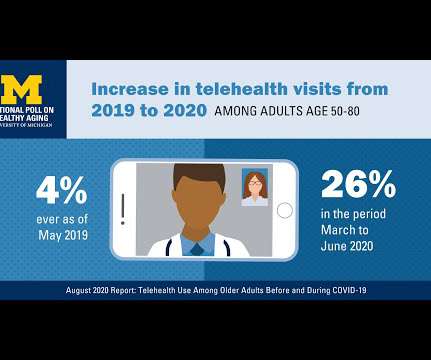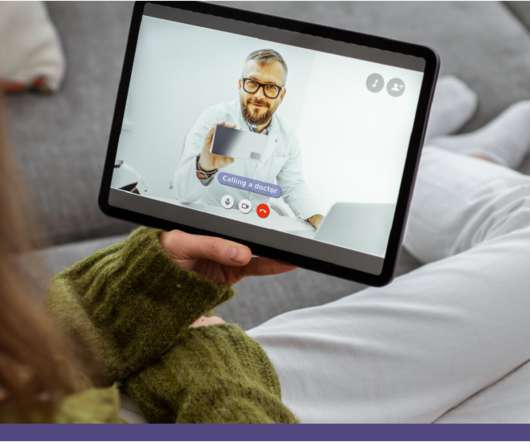Women are less likely to use video for telehealth care
Healthcare IT News - Telehealth
JANUARY 6, 2021
A wide-ranging study published this past week in the Journal of the American Medical Association found that older people, women, Black and Latinx individuals, and patients with lower household incomes were less likely to use video for telemedicine care during the early phase of the COVID-19 pandemic. Anna Eshoo, D-Calif.,























Let's personalize your content